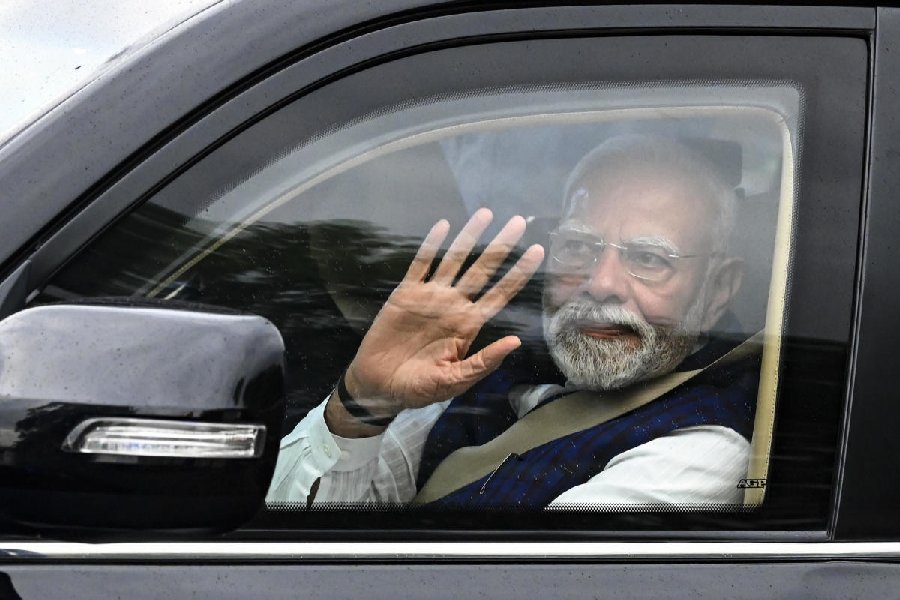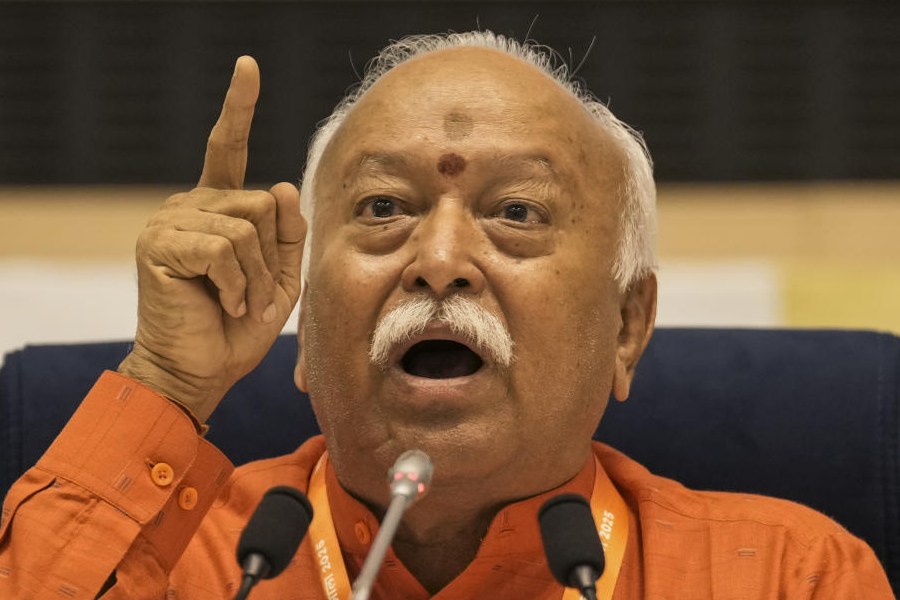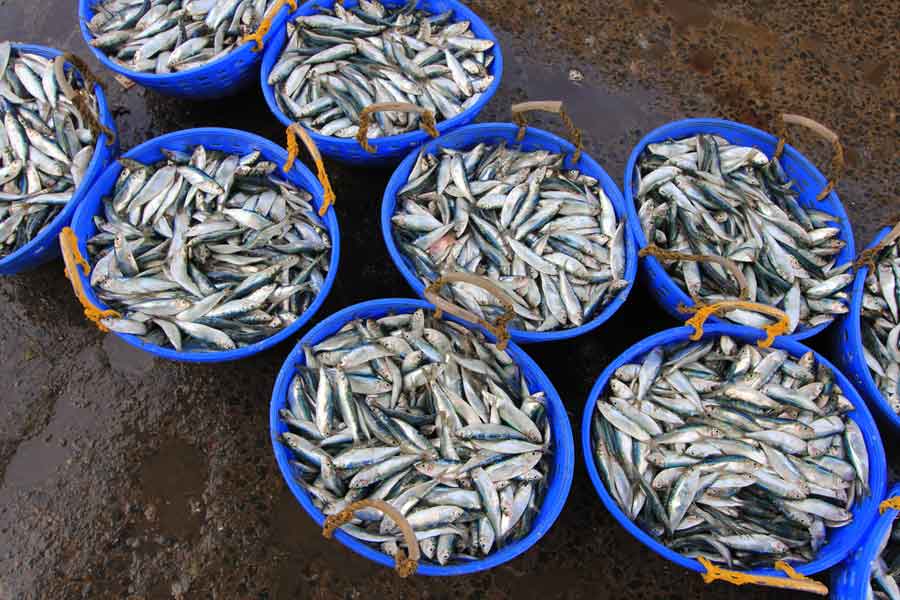 |
| The border fencing along the Indo-Bangladesh border. File picture |
Agartala, Sept. 1: Increased use of agricultural land for non-agricultural purposes has become a major impediment in the growth of the agricultural sector in Tripura.
Till the eighties, the state had 3.30 lakh hectares of agricultural land but currently, the total quantum of land available for agricultural purposes is just 2.55 lakh hectares, which amounts to only 24 per cent of the state’s total geographical area.
“This is lower than most other states but nothing can be done because conversion has been going on rapidly. There is a law banning conversion of agricultural land without prior approval of revenue officials like district magistrates and sub-divisional officers but it is more observed in the breach,” said Baharul Islam Mazumder, joint director of the agriculture department.
He said in the past decade, 112.5 hectares of agricultural land had been lost to barbed wire fences along the state’s 856km-long border with Bangladesh.
“The fences were erected in Indian territory 150 yards from the zero line. Fertile agricultural land has fallen beyond the fences and Indian farmers who actually own the land do not cultivate them because of security reasons, since criminals often cut and steal the crops,” Baharul said.
He said more than 2,000 hectares of land had been converted into brick kilns, which have mushroomed all over the state after the real estate boom began a decade ago. “The loss is two-fold, as, apart from the land, the brick kilns spew out large amounts of sulphur along with the smoke. This sulphur descends on land and water and contaminates both,” Mazumder said.
Development projects and housing schemes like the Pradhan Mantri Gram Sadak Yojana and Bharat Nirman and have also been eating into agricultural land.
Keeping this in mind, the Centre has mooted the idea of reserve agricultural zones on the lines of reserve forests. The copies of a draft bill, framed by Centre, in this regard have been sent to state government seeking their opinions.
The Tripura government is weighing the pros and cons of having such a bill to retain agricultural land.
“Despite the implementation of a 10-year perspective plan for self-sufficiency in food grain production, the target has still not been reached. In 2012-2013, we achieved total food grain production of 7.25 lakh tonnes against a requirement of 9 lakh tonnes. The additional amount was imported from the Centre and distributed through the public distribution system and various schemes like Annapurna Yojana and Antyoday Yojana,” Mazumder said.
He said the agriculture department was trying to increase annual production of rice, the staple food here, to 9.5 lakh tonne by the end of the Twelfth Plan period that ends in 2017.
The state water resources department, on the other hand, claims that 55 per cent of the paddy fields in Tripura are under assured irrigation but if this were true, the state could have produced higher quantities of food grains, Mazumder said.
Moreover, for the first time in years, the price of paddy is rising in Tripura, as wholesalers are buying 40kg of paddy for Rs 450. Till last year, the price was around Rs 300 per 40kg.
The wholesalers are still likely to incur a loss at this price but they fear excess rice sold by ration shops will not be available after the food security bill is passed.
“Our technical officers have noticed this in different parts of the state and the trend is gaining momentum,” said Subrata Chakraborty, an officer in the agriculture department.










